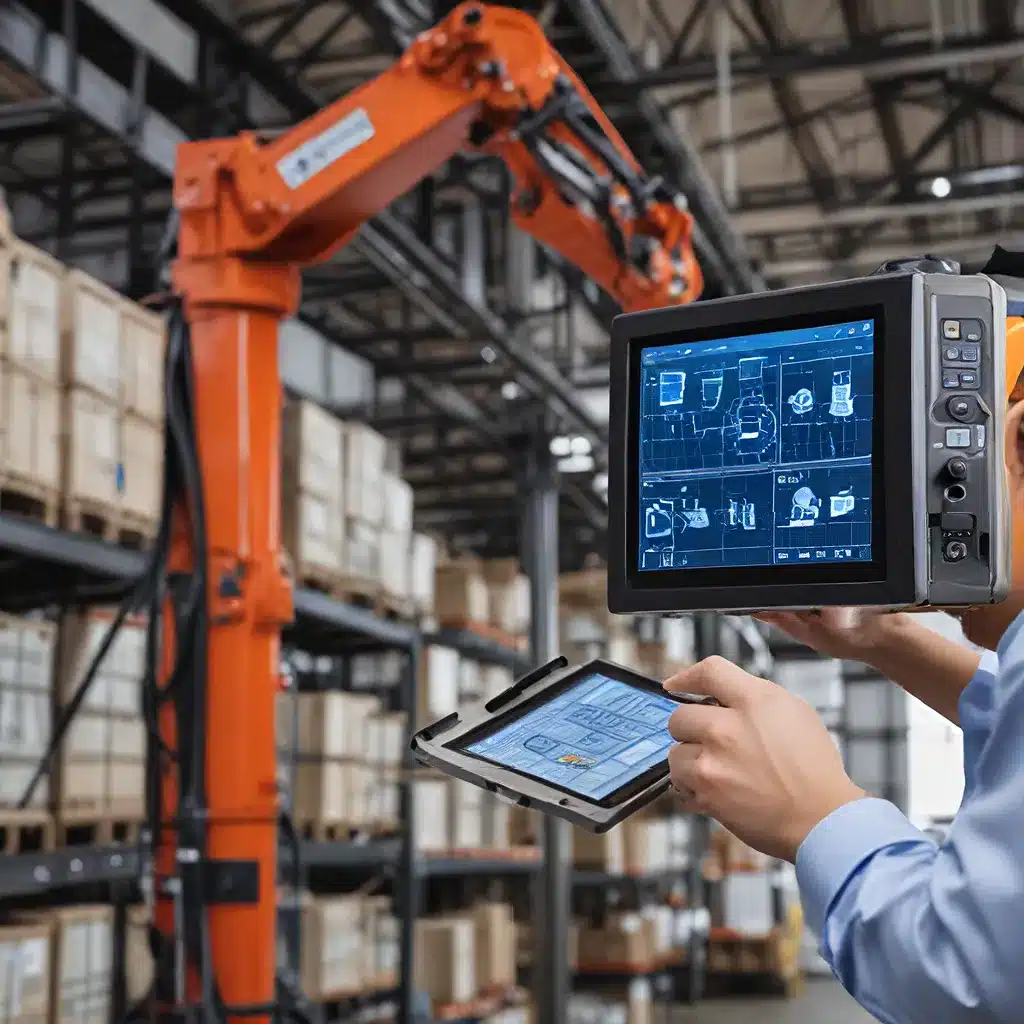
In the era of Industry 4.0, the convergence of Internet of Things (IoT) and advanced data analytics is revolutionizing the way organizations approach asset management. Predictive maintenance, a strategic approach that leverages sensor data to forecast equipment failures, has emerged as a game-changer in the world of sensor networks and industrial automation.
The Rise of Sensor-Driven Predictive Maintenance
Traditionally, maintenance strategies have relied on either reactive or preventive approaches. Reactive maintenance involves addressing equipment failures as they occur, often leading to unplanned downtime and increased costs. Preventive maintenance, on the other hand, involves regular servicing of equipment based on predetermined schedules, which can result in the misallocation of resources and unnecessary maintenance.
Industry 4.0, also known as the fourth industrial revolution, has ushered in a new era of smart manufacturing and digital transformation. At the heart of this revolution are IoT sensors that gather real-time data on the condition of industrial assets, enabling organizations to transition from reactive and preventive maintenance to a more proactive, predictive maintenance approach.
Understanding Predictive Maintenance
Predictive maintenance leverages sensor data to identify patterns and trends in equipment performance, allowing organizations to anticipate and address potential failures before they occur. By monitoring factors such as vibration, temperature, fluid levels, pressure, and more, predictive maintenance systems can detect early warning signs of impending issues, enabling maintenance teams to take corrective actions and minimize unplanned downtime.
The benefits of predictive maintenance are numerous:
- Improved Asset Reliability: By addressing issues before they escalate, predictive maintenance helps extend the lifespan of equipment and reduce the frequency of breakdowns.
- Optimized Maintenance Schedules: Predictive maintenance allows organizations to allocate maintenance resources more efficiently, focusing on the assets that truly need attention.
- Cost Savings: Avoiding unplanned downtime and unnecessary preventive maintenance can lead to significant cost savings for organizations.
- Enhanced Safety: Predictive maintenance can help identify and address safety-critical issues before they pose a risk to personnel or the environment.
The Role of IoT in Predictive Maintenance
The rise of IoT-enabled predictive maintenance has been a game-changer in the world of asset management. IoT sensors installed on critical equipment continuously gather and transmit data to a centralized platform, where advanced analytics and machine learning algorithms can identify patterns and predict potential failures.
By integrating IoT-enabled sensors with a Computerized Maintenance Management System (CMMS), organizations can automate the predictive maintenance process, streamlining tasks such as work order generation, parts ordering, and preventive maintenance scheduling.
Overcoming Challenges in IoT-Driven Predictive Maintenance
While the benefits of IoT-driven predictive maintenance are well-documented, implementing such a system can present its own set of challenges. Some of the key hurdles include:
- Cost of Sensors: The initial investment in IoT sensors can be a significant barrier for some organizations, especially small to medium-sized enterprises.
- Integration Complexity: Integrating IoT sensors with existing CMMS and Enterprise Asset Management (EAM) systems can be a complex and time-consuming process.
- Skill Gaps: Implementing and maintaining an IoT-driven predictive maintenance system requires specialized data analytics and asset management expertise, which may not be readily available in-house.
- Cybersecurity Risks: The increased connectivity of industrial assets through IoT introduces new cybersecurity vulnerabilities that must be addressed to protect critical systems and data.
Overcoming the Challenges
To overcome these challenges, organizations can consider the following strategies:
- Explore Modular IoT Solutions: Companies like Limble CMMS offer modular IoT sensor setups that can be easily integrated with existing CMMS, reducing the upfront investment and complexity.
- Leverage Expertise and Partnerships: Collaborating with Industry 4.0 solution providers can help organizations bridge the skill gap and access the necessary expertise for successful IoT-driven predictive maintenance implementation.
- Prioritize Cybersecurity: Implement robust cybersecurity measures, including access controls, network segmentation, and regular software updates, to mitigate the risks associated with IoT-enabled systems.
- Start Small and Scale: Begin with a pilot project targeting a specific set of critical assets, and then gradually expand the scope as the organization gains experience and confidence in the technology.
The Future of Sensor-Driven Predictive Maintenance
As the sensor network and IoT technologies continue to evolve, the future of predictive maintenance looks increasingly promising. Advancements in areas such as edge computing, artificial intelligence (AI), and digital twins are poised to enhance the capabilities of predictive maintenance systems, enabling even more accurate forecasting and real-time decision-making.
Sensor-networks.org is at the forefront of this transformation, providing valuable insights and resources to help organizations navigate the ever-changing landscape of sensor-driven predictive maintenance and Industrial IoT.
By embracing the power of sensor networks and IoT-driven predictive maintenance, organizations can unlock new levels of efficiency, reliability, and cost savings, paving the way for a more sustainable and competitive future.